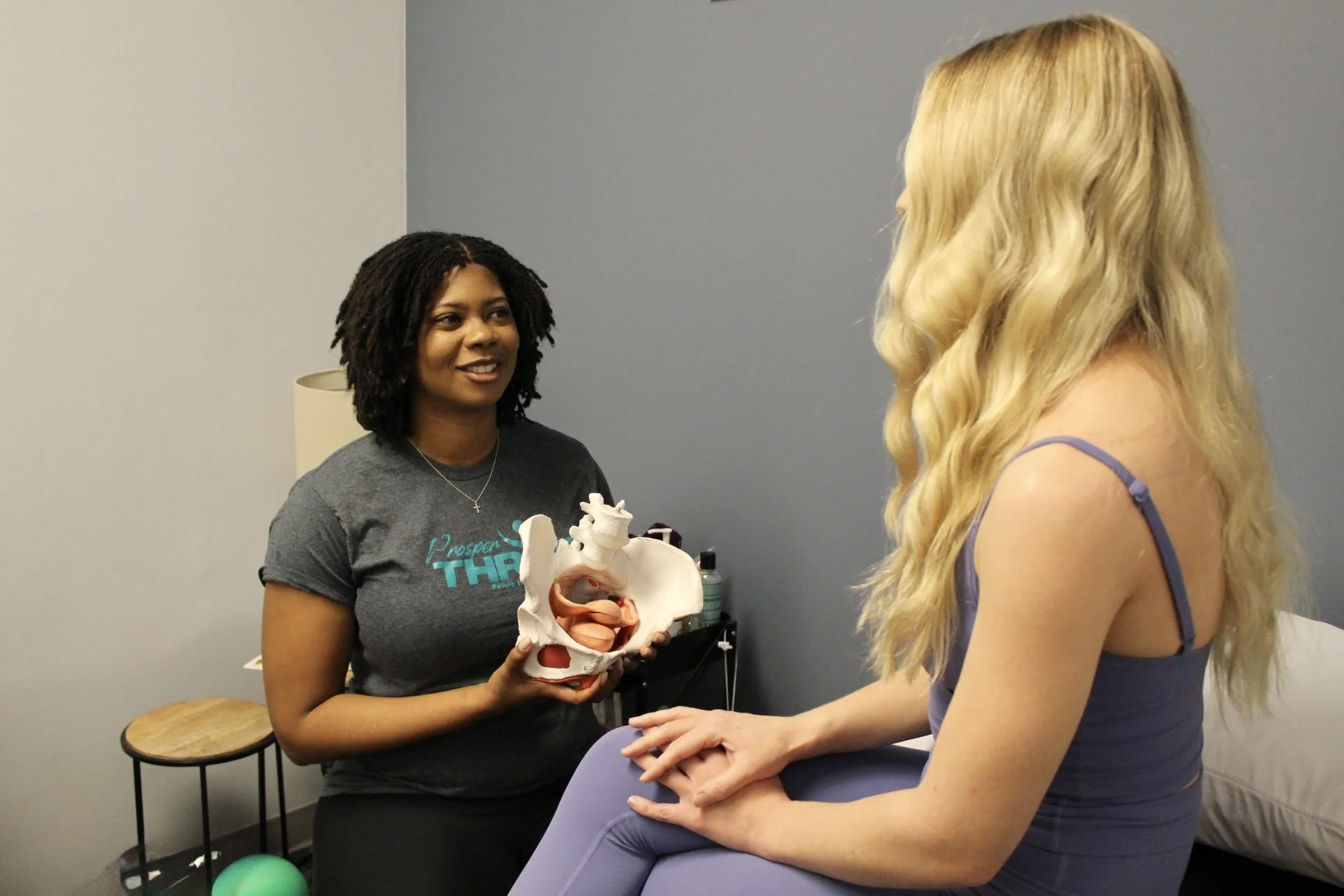Pelvic Floor health: The core of stability
The pelvic floor is a powerhouse of support, yet it often goes unnoticed — until something feels off. According to Dr. Kelsey Stegall, a pelvic floor physical therapist and owner of Prosper & Thrive Health and Wellness, these muscles sit inside the pelvis like a hammock, working with the core to provide stability for everyday movements like lifting or walking.
However, pelvic floor strength isn’t just about contraction. “Many people believe tighter muscles mean stronger muscles, but a functional pelvic floor must contract, relax, and lengthen,” Dr. Stegall explains. This balance is essential for stability, bladder and bowel control, and sexual health.
So, how do you know if your pelvic floor needs attention? Signs of dysfunction include urinary or fecal leakage, difficulty emptying the bladder, constipation despite dietary changes, hip or abdominal pain, vaginal heaviness, pain with sex, or discomfort during pelvic exams. Seeking a pelvic floor physical therapist can make a big difference.
Breathwork also plays a critical role.
“When we breathe properly, our diaphragm, core, and pelvic floor move together,” says Dr. Stegall. “On an inhale, the diaphragm expands, the abdomen relaxes, and the pelvic floor releases. On an exhale, they all lift and engage.” Poor breathing patterns can disrupt this cycle, affecting pelvic floor function.
For strengthening in a functional way, Dr. Stegall recommends:
Weighted squats: Engages the core and pelvic floor.
Rows (any position): Strengthens back and deep core muscles.
Single-leg hip hinges (RDLs) – Improves balance and pelvic floor engagement.
Your pelvic floor is key to movement and stability. By incorporating breathwork, targeted exercises, and seeking support when needed, you can build strength and function for a healthier body.
